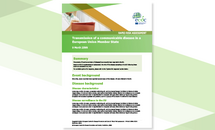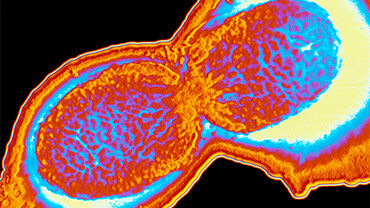Outbreak of Shigella sonnei in the EU/EEA, the United Kingdom, and the United States among travellers returning from Cabo Verde
An increased reporting of shigellosis cases, mainly caused by Shigella sonnei, among travellers returning from Cabo Verde has been ongoing in the European Union/European Economic Area (EU/EEA), the United Kingdom (UK), and the United States (US) since September 2022. This outbreak evolved rapidly during November and December 2022.
Executive summary
- As of 16 February 2023, 258 cases (221 confirmed Shigella sonnei infections and 37 possible cases) with a link to Cabo Verde have been reported in 10 EU/EEA countries, the UK, and the US: Belgium (14), Czechia (4), Denmark (4), Finland (9), France (31), Germany (5), the Netherlands (47), Norway (1), Portugal (2), Sweden (42), the United Kingdom (95), and the United States (4).
- The centralised sequencing analysis of 106 human isolates from Czechia, the Netherlands, Sweden, the UK, and the US shows a genetically compact cluster suggesting a common source.
- There is predominance of women among the cases, with a female-to-male ratio of 2.5:1.
- The Shigella sonnei strains among cases show predicted resistance to trimethoprim, streptomycin, and hydrogen peroxide.
- Shigella co-infections with other bacterial and parasitic gastrointestinal pathogens (e.g. Salmonella Mbandaka, Campylobacter, Cryptosporidium, and strains of diarrhoeagenic Escherichia coli) have been reported among cases.
- Information on possible vehicles of infection or common exposures have not yet been identified. Multiple modes of transmission are plausible, with the most likely being foodborne (including via infected food handlers), but person-to-person transmission is also possible.
- Based on the available information, many cases are reported to have stayed in the region of Santa Maria on the island Sal, including in all-inclusive hotels. The most recent cases were reported in Sweden on 19 January 2023, suggesting an ongoing moderate risk of new infections among travellers in Cabo Verde, particularly among those staying in the Santa Maria region of Sal.







